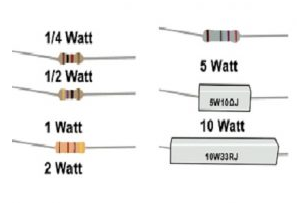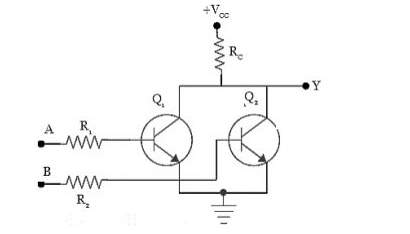How Does a Surge Resistor Work? Voltage Clamping, Energy Absorption & Real-World Protection in Electronics
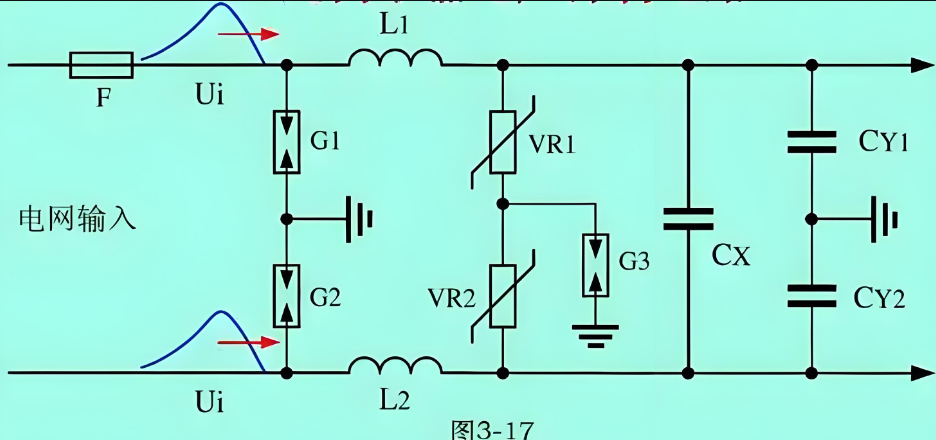
1. How Surge Resistors Work: A Quick Overview
A surge resistor (often a varistor, or voltage-dependent resistor) protects circuits by diverting excess current during voltage spikes. Its core mechanism involves two processes: voltage clamping (limiting peak voltage) and energy absorption (dissipating surge energy as heat). Here’s a simplified workflow:
| Step | Action | Outcome |
|---|---|---|
| Normal Operation | Low voltage (e.g., 12V DC) → high resistance (MΩ range). | Minimal current flow; no interference with circuit operation. |
| Surge Event | Voltage spikes (e.g., 50V) → resistance drops sharply (Ω range). | Current diverts through the resistor, limiting voltage to safe levels. |
| Post-Surge | Voltage returns to normal → resistance resets to high. | Circuit resumes normal operation; resistor cools down. |
2. Varistor Material: The Heart of Surge Protection
The varistor’s material determines its electrical properties, including how it responds to voltage changes. The most common material is zinc oxide (ZnO), though other ceramics (e.g., titanium dioxide) are used for specialized applications. Key characteristics of ZnO varistors include:
| Property | ZnO Varistor | Impact on Performance |
|---|---|---|
| Voltage Dependency | Resistance decreases exponentially with voltage (non-ohmic behavior). | Enables effective voltage clamping during surges. |
| Energy Dissipation | High (up to 100J for large models). | Handles large surges in industrial settings. |
| Temperature Sensitivity | Resistance increases with temperature (positive temperature coefficient). | Requires thermal management in high-temperature environments. |
Data Insight: A ZnO varistor with a nominal voltage of 12V will have a resistance of ~1MΩ at 10V but drops to ~10Ω at 50V—critical for diverting surges while leaving normal operation unaffected.
3. Response Time: How Fast Can It React?
Response time (t) is the time it takes for the varistor to reach 90% of its clamping voltage after a surge begins. Faster response times protect against fast transients like ESD (electrostatic discharge), while slower times suffice for slower surges (e.g., lightning).
| Application | Required Response Time | Typical Varistor Type | Example Surge |
|---|---|---|---|
| ESD Protection (USB Ports) | <1ns | Metal Oxide Varistor (MOV) | ESD pulse (10kV, 1ns rise time) |
| Lightning Protection (Power Grids) | 10–100ns | Gas Discharge Tube (GDT) + MOV | Lightning surge (100kA, 10μs rise time) |
| Motor Control Circuits | 1–10μs | ZnO Varistor | Motor inrush current (100A, 1ms rise time) |
Problem Scenario: An ESD protection circuit using a 10μs-response varistor fails to protect a USB port because the ESD pulse rises in 1ns. The varistor doesn’t react in time, damaging the port.
4. Clamping Voltage: Setting the Safety Limit
Clamping voltage (Vc) is the maximum voltage across the varistor during a surge. It must be higher than the circuit’s nominal voltage but low enough to protect sensitive components. For example, a 12V DC circuit typically uses a varistor with Vc = 15–18V.
| Circuit Type | Nominal Voltage | Recommended Clamping Voltage (Vc) | Reason |
|---|---|---|---|
| LED Driver (12V) | 12V | 15V | Prevents overvoltage damage to LEDs (max 16V). |
| Industrial PLC (24V) | 24V | 30V | Tolerates higher surges from motor drives. |
| Consumer Laptop (5V USB) | 5V | 6.5V | Matches USB specification limits (5.25V max). |
Data Insight: A varistor with Vc = 18V in a 12V circuit will start conducting at ~15V, limiting the peak voltage to 18V—safe for most 12V components.
5. Real-World Example: Power Supply Protection
Consider a 12V DC power supply for a Raspberry Pi. Without a surge resistor, a 50V grid surge could destroy the Pi’s USB ports (max 5.25V). Here’s how a surge resistor protects it:
| Parameter | Value | Role |
|---|---|---|
| Varistor Material | ZnO | Provides fast voltage clamping. |
| Response Time | 5ns | React quickly to fast ESD pulses. |
| Clamping Voltage (Vc) | 15V | Limits surge voltage to 15V, protecting the Pi’s 5V components. |
| Power Rating | 10W | Absorbs 10J of surge energy (e.g., 50V×0.2A×1s = 10J). |
Outcome: The surge resistor diverts 95% of the surge current, keeping the Pi’s voltage at 15V—well below its 5.25V limit.
6. Common Problem: Why Do Surge Resistors Fail Under High Stress?
Despite their design, surge resistors can fail due to:
| Failure Cause | Symptom | Example Scenario |
|---|---|---|
| Overheating | Resistor melts or discolors. | Using a 5W resistor in a 15W surge (e.g., 500A/10ms surge). |
| Voltage Clamping Failure | Components still damaged. | Installing a 24V Vc resistor in a 12V circuit (Vc too high). |
| Material Degradation | Resistance increases over time. | Exposing a ZnO varistor to 150°C for extended periods. |
7. Solution: Selecting the Right Surge Resistor
To avoid failures, follow these guidelines:
| Factor | Guideline | Example |
|---|---|---|
| Power Rating | Select P ≥ surge energy (E = V×I×t). | 10W surge → use 15W resistor (E = 12V×500A×0.01s = 60J; 15W handles 15J/s). |
| Clamping Voltage | Vc = 1.5–2× nominal voltage. | 12V circuit → 18V Vc resistor. |
| Response Time | Match to surge speed (ESD: <1ns; lightning: 10–100ns). | ESD protection → MOV with 1ns response. |
| Environment | High temps → use 150°C+ rated resistors. | Industrial oven → 175°C ZnO varistor. |
Understanding how surge resistors work—through their varistor material, response time, and clamping voltage—empowers engineers and hobbyists to design robust circuits. By selecting the right parameters for the application, you can prevent damage from voltage spikes and ensure long-term reliability. Whether protecting a Raspberry Pi, a factory PLC, or a USB port, these principles are key to effective surge protection.
Email us
-
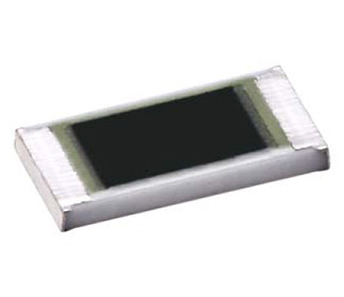 Trimmable Thick FilmChip Resistor
Trimmable Thick FilmChip Resistor
-
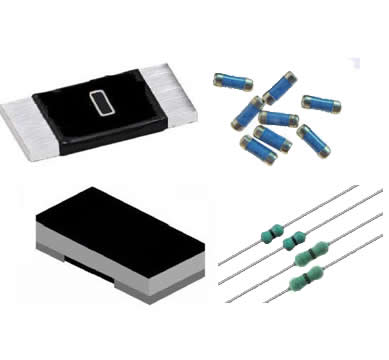 Jumper Resistor
Jumper Resistor
-
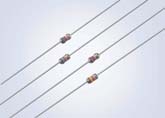 Ignition Resistor
Ignition Resistor
-
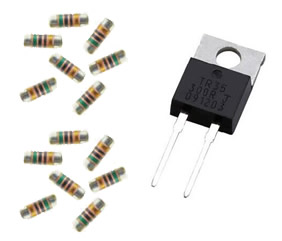 High Frequency Resistor
High Frequency Resistor
-
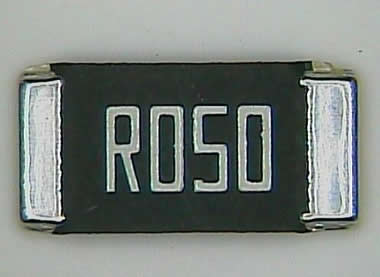 Milliohm Resistor
Milliohm Resistor
-
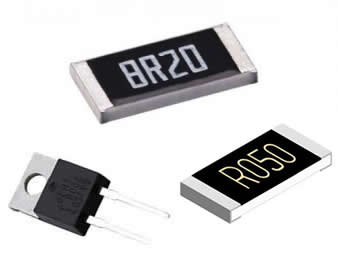 Non-Inductive Resistor
Non-Inductive Resistor
-
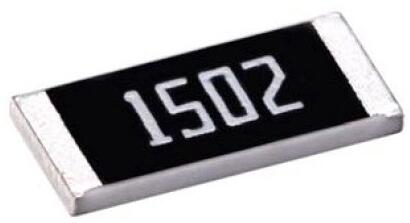 Surge Resistor
Surge Resistor
-
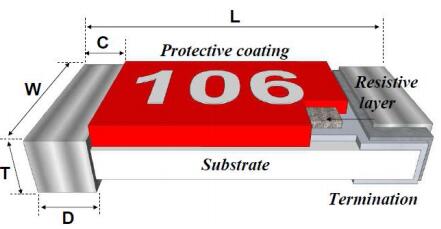 Safety Resistor
Safety Resistor
-
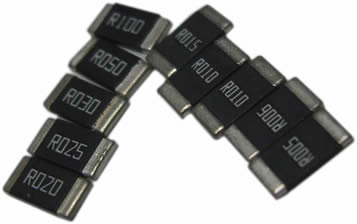 Alloy Resistor
Alloy Resistor
-
 KB RESISTOR
KB RESISTOR
-
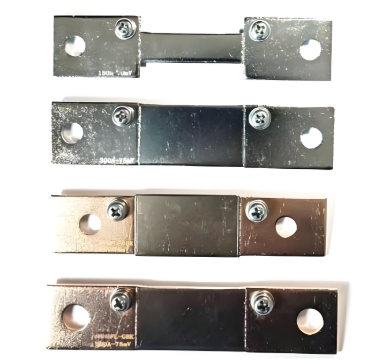 GFL Precision Shunt Resistor
GFL Precision Shunt Resistor
-
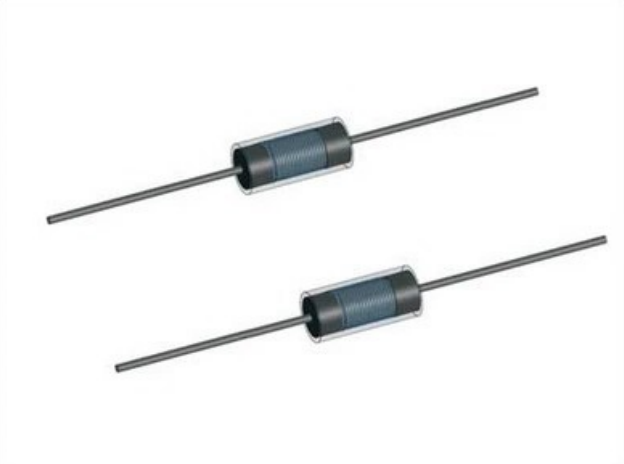 RFX21-D semi-short-circuit surge-resistant wirewound resistors
RFX21-D semi-short-circuit surge-resistant wirewound resistors
-
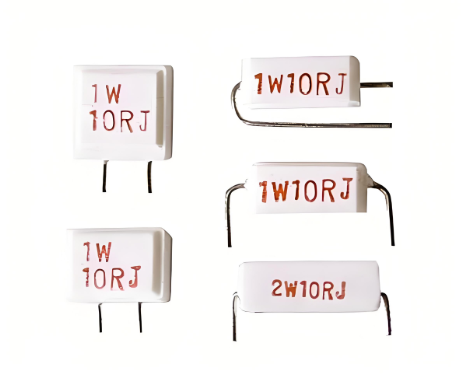 RXG21 (A/B/C/D) lightning surge-resistant wirewound resistors
RXG21 (A/B/C/D) lightning surge-resistant wirewound resistors
-
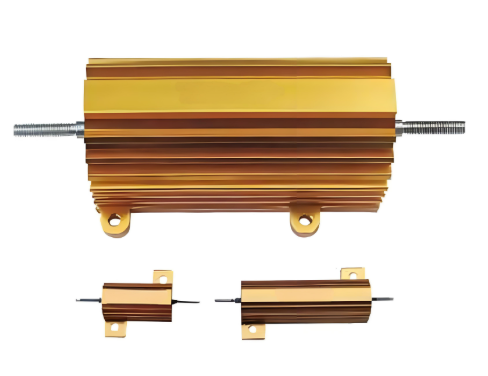 RE power aluminum case wound resistor
RE power aluminum case wound resistor
-
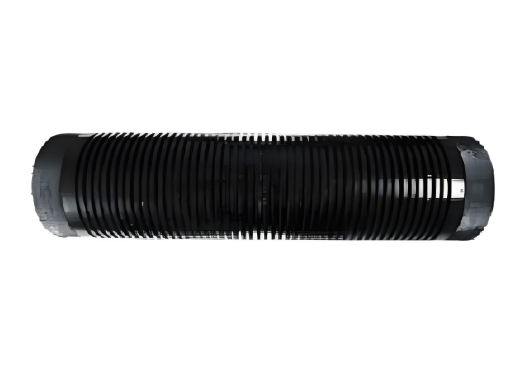 RXLG - A (RXG) high power aluminum alloy resistor
RXLG - A (RXG) high power aluminum alloy resistor
-
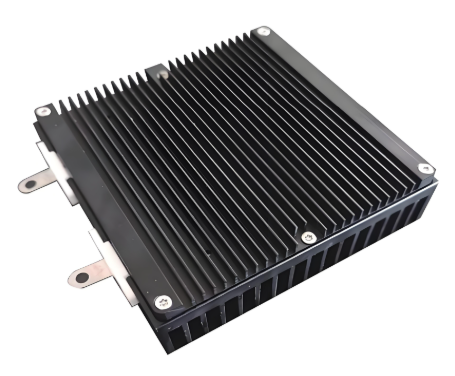 RGFL Power type air cooled module resistor
RGFL Power type air cooled module resistor
-
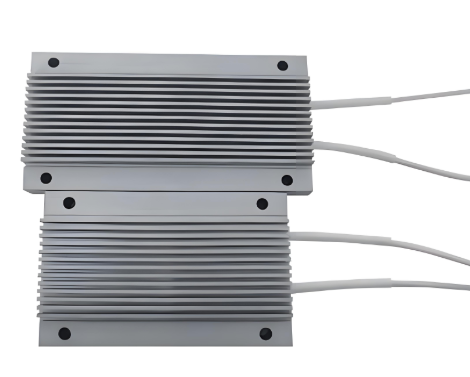 RXLB - M Power type aluminum shell wire wound resistor
RXLB - M Power type aluminum shell wire wound resistor
-
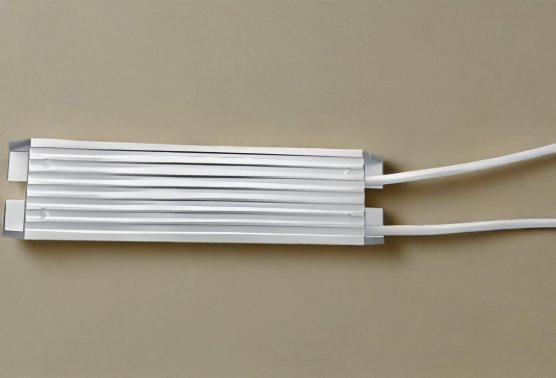 RXLG - A Power type aluminum shell wire wound resistor
RXLG - A Power type aluminum shell wire wound resistor
-
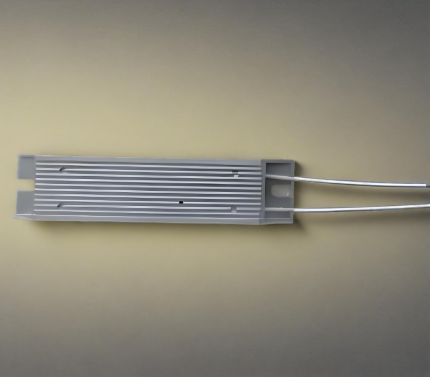 RXLG - B Power type aluminum shell wire wound resistor
RXLG - B Power type aluminum shell wire wound resistor
-
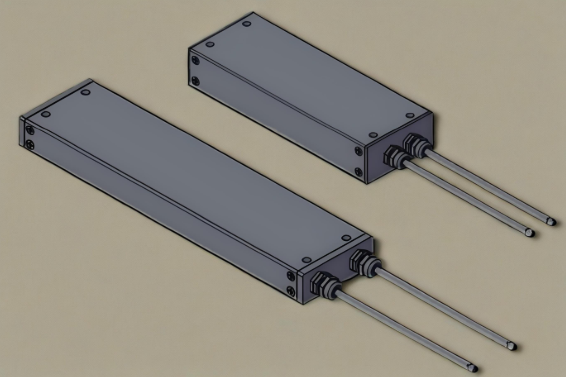 RXLG - E High energy impact resistant aluminum shell wire
RXLG - E High energy impact resistant aluminum shell wire
-
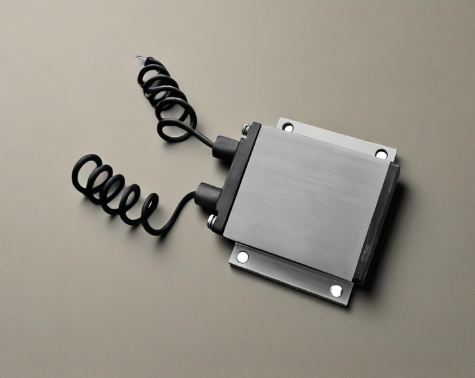 RXLG - T High voltage withstand power aluminum alloy resistor
RXLG - T High voltage withstand power aluminum alloy resistor
-
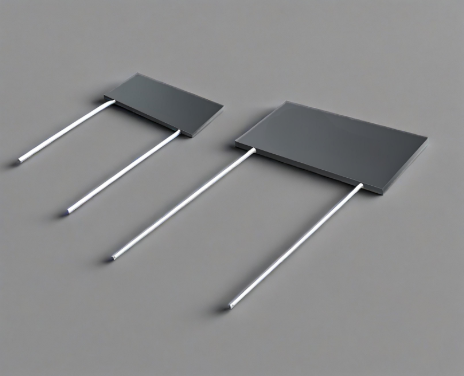 TYHVR High - Voltage Thick - Film Resistor
TYHVR High - Voltage Thick - Film Resistor
-
 TYRIP (TYRI80) Precision High - Resistance High - Voltage Resistor
TYRIP (TYRI80) Precision High - Resistance High - Voltage Resistor
-
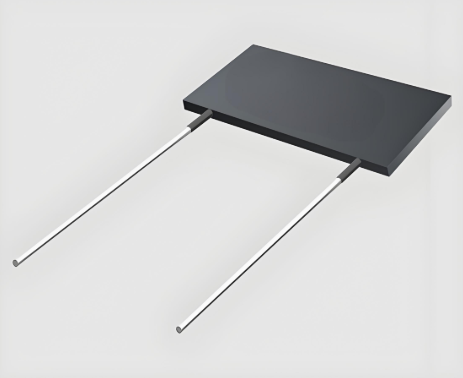 TYGST High - Resistance Thick - Film Resistor
TYGST High - Resistance Thick - Film Resistor
-
How Does a Surge Resistor Work? Voltage Clamping, Energy Absorption & Real-World Protection in Electronics

1. How Surge Resistors Work: A Quick OverviewA surge resistor (often a varistor, or voltage-dependent resistor) protects circuits by diverting excess current during voltage spikes. Its core mechanism ...
-
Maximizing High Voltage Protection with Energy Absorption Resistors Embedded in PCB Design: A Comprehensive Guide
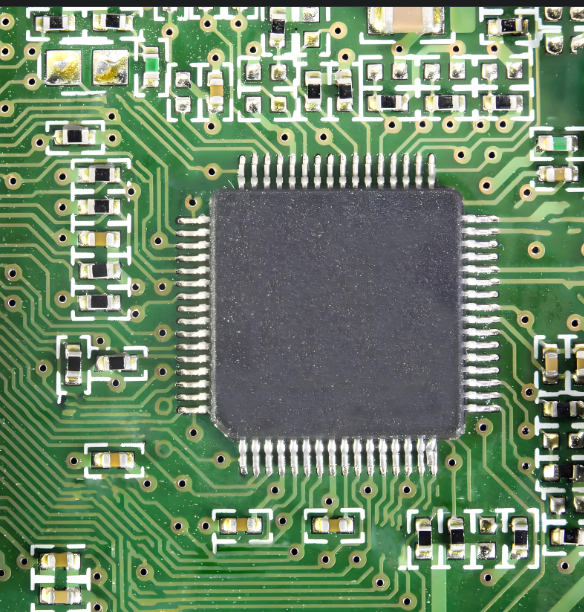
IntroductionIn the realm of electronics, ensuring high voltage protection is paramount for the longevity and reliability of printed circuit boards (PCBs). One effective method to achieve this is throu...
-
High Performance Ceramic Energy Absorption Resistor PCB: Solutions for Efficient Energy Management in Electronics
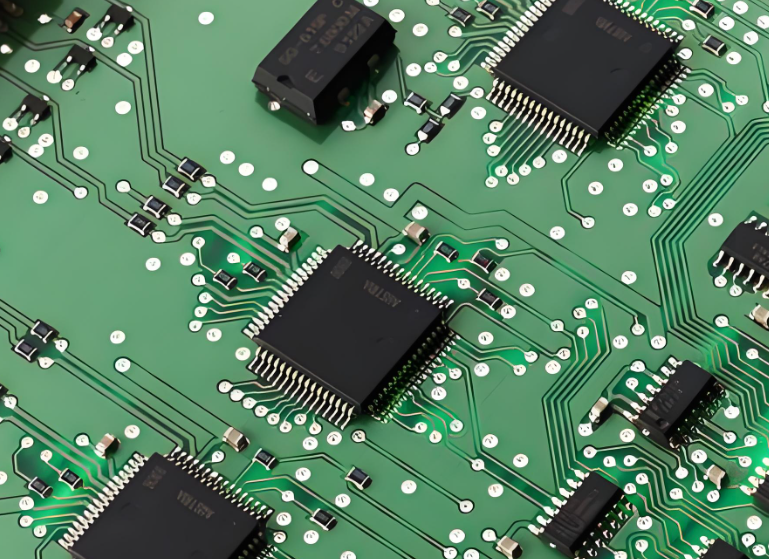
Introduction: The Vital Role of Ceramic Energy Absorption Resistors in PCBsIn modern electronic systems, efficient energy management is crucial for reliable operation. Ceramic energy absorption resist...
-
High Voltage Resistors for Overvoltage Protection and Surge Protection

IntroductionHigh voltage resistors play a crucial role in electronic systems, particularly in overvoltage protection and surge protection applications. These components are essential for ensuring the ...
-
Power Supply Surge Protection Resistors: Essential Components for Modern Electronics

Power Supply Surge Protection Resistors: Essential Components for Modern ElectronicsIn modern electronics, power supply surge protection resistors play a crucial role in safeguarding sensitive circuit...
-
High Pulse Resistance Surge Resistor: The Ultimate Guide for Reliable Circuit Protection
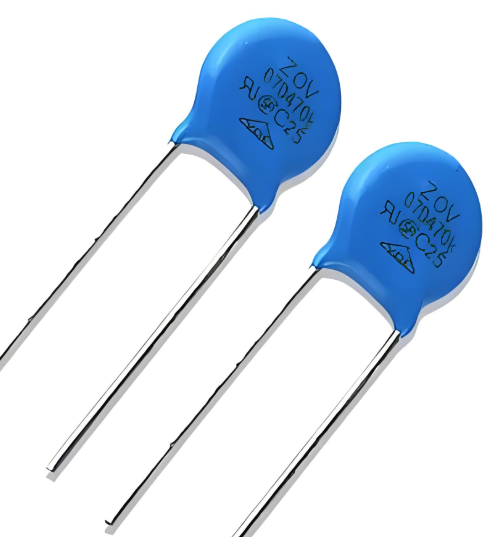
IntroductionIn the realm of electronics, the reliability and safety of circuits are paramount. Voltage spikes and transient events can wreak havoc on sensitive components, leading to costly repairs an...
-
Surge Resistor Function: How It Protects Circuits, Prevents Damage & Optimizes Performance in Electronics
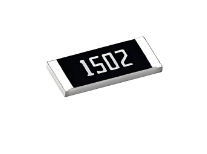
1. What Does a Surge Resistor Do Core Functions ExplainedA surge resistor is not just a passive component—it’s a first line of defense against electrical transients. Its primary functions include:...
-
Telecom Surge Resistors: Essential Components for Modern Electronics
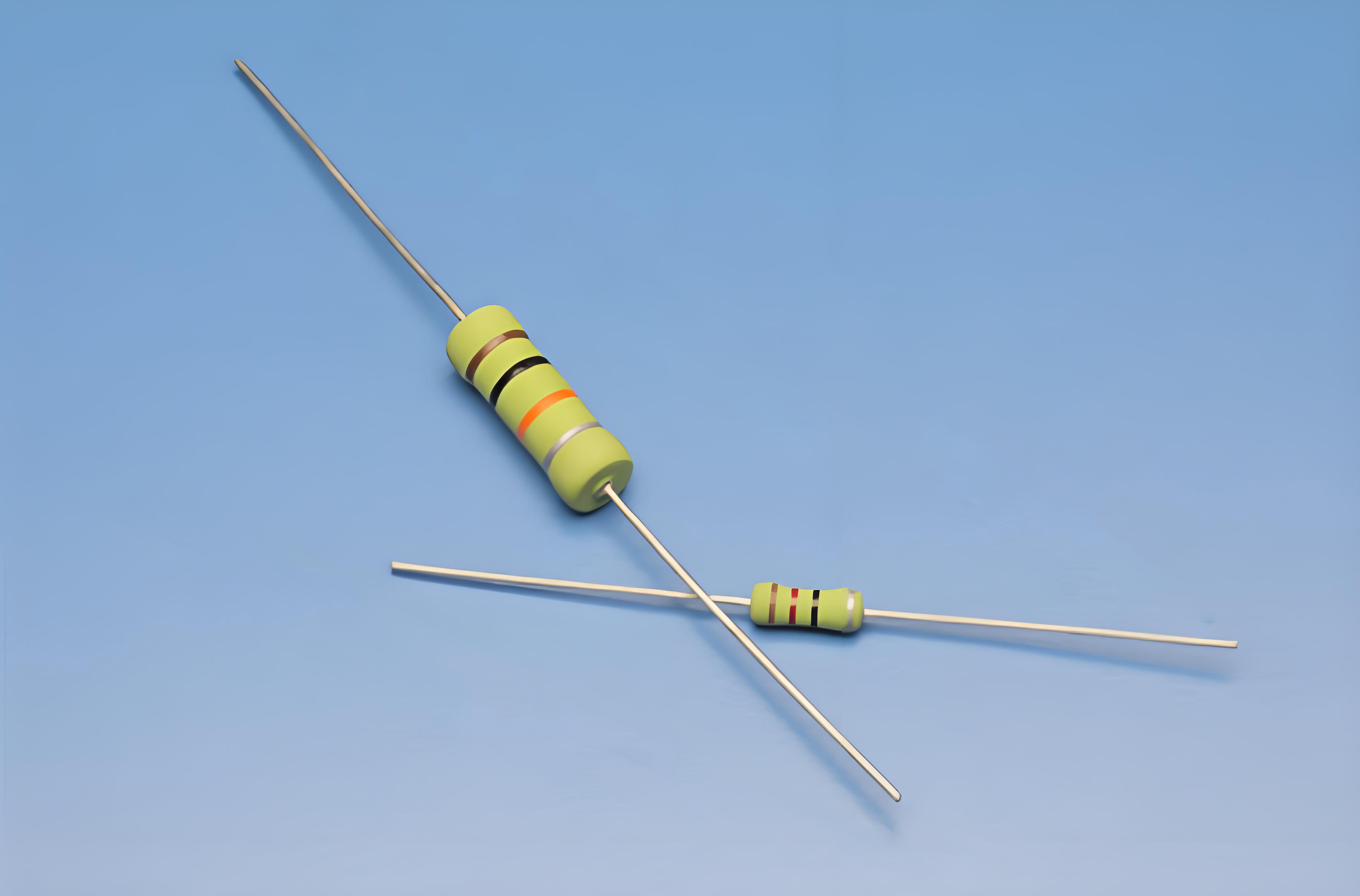
Telecom Surge Resistors: Essential Components for Modern ElectronicsTelecommunications systems are an integral part of the modern world, requiring robust and reliable components to handle the ever-inc...
-
How Zero Ohm Jumper Resistors Work in PCB Design

<!-- Introduction -->IntroductionZero ohm jumper resistors are among the most misunderstood components in PCB design. Despite their name, these tiny workhorses play critical roles in circuit board man...
-
180W Four Terminal Ultra Long Creepage Distance Power Resistor | High Voltage Resistance, Non-Inductive Design for Industrial Power Supplies, Motor Control, and Renewable Energy Systems
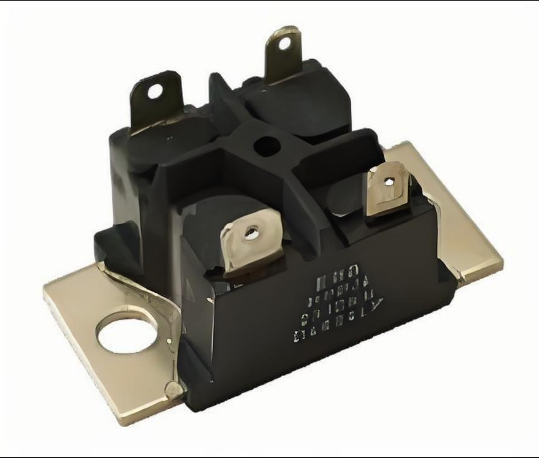
1. Key Technical Specifications of the 180W Four Terminal Ultra Long Creepage Distance Power ResistorTo understand why this resistor stands out, let’s break down its core parameters—critical for e...
-
Power Shunt Resistor Applications: From Industrial Equipment to Renewable Energy and Electric Vehicles

IntroductionPower shunt resistors are essential components in various electrical systems, providing critical functions such as current sensing, voltage division, and power management. Their applicatio...
-
Maximizing Efficiency: A Comprehensive Guide to Carbon Disc Resistor Energy Dissipation and Power Handling
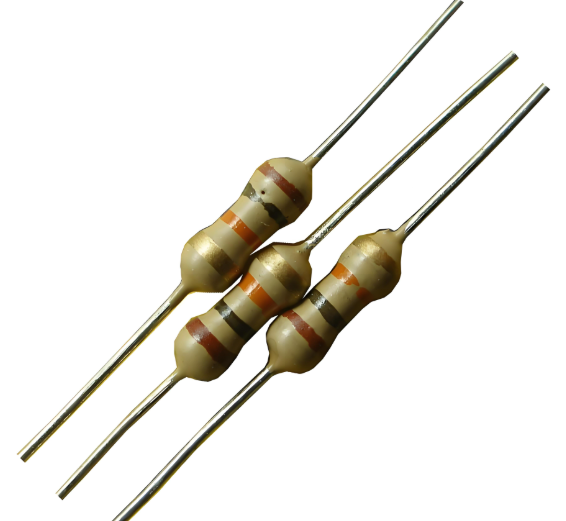
IntroductionIn the realm of electronics, the efficiency and reliability of components are paramount. Among these components, carbon disc resistors play a crucial role in various applications, from sim...
-
High Voltage vs Standard Resistors: Voltage Ratings, Materials & Safety Compared
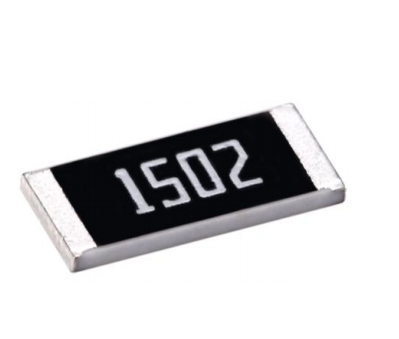
IntroductionWhen designing electronic circuits, engineers often face the critical choice between high voltage resistors and standard resistors. While both components regulate current flow, their diffe...
-
What Is a Surge Resistor?
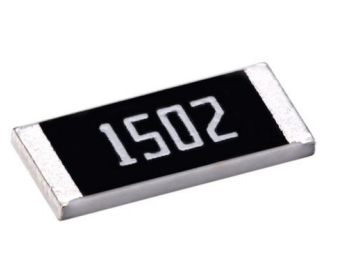
What Is a Surge Resistor Function, Types, and Key ApplicationsIntroduction: Surge resistors are critical components in electronic circuits, protecting sensitive devices from voltage spikes and transie...
-
High Voltage Resistors in Consumer Electronics: Applications and Benefits

High Voltage Resistors in Consumer Electronics: Applications and BenefitsHigh voltage resistors play a crucial role in various consumer electronics applications, ensuring the safe and efficient operat...
-
10kV High Voltage Resistors: Specifications, Applications & Top Suppliers for Industrial, Power Transmission & Test Equipment
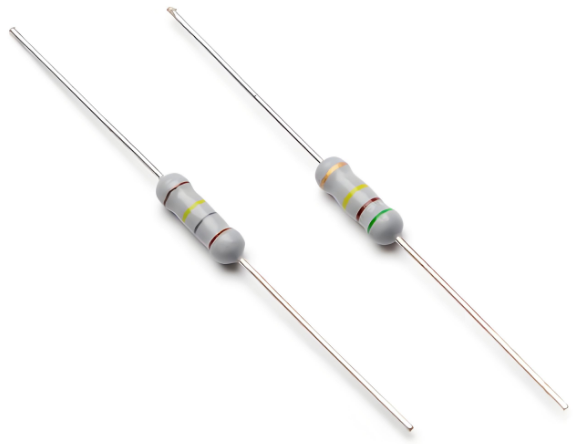
Technical Specifications of 10kV High Voltage ResistorsTo ensure reliability in high-voltage environments, 10kV resistors must meet strict performance criteria. Below are critical parameters to evalua...
-
50kV High Voltage Resistors: Technical Specs, Industrial Use Cases & How to Choose the Right One for Power Grids, Test Labs & Renewable Systems
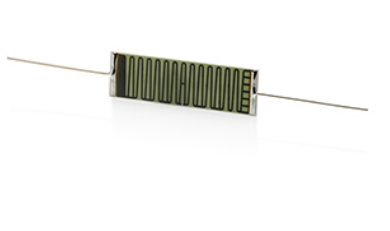
Technical Specifications of 50kV High Voltage Resistors50kV resistors must withstand high electrical stress while maintaining precision. Below are critical parameters to evaluate for reliability in de...
-
High Voltage Carbon Composition Resistors: The Ideal Choice for Power Electronics Circuits
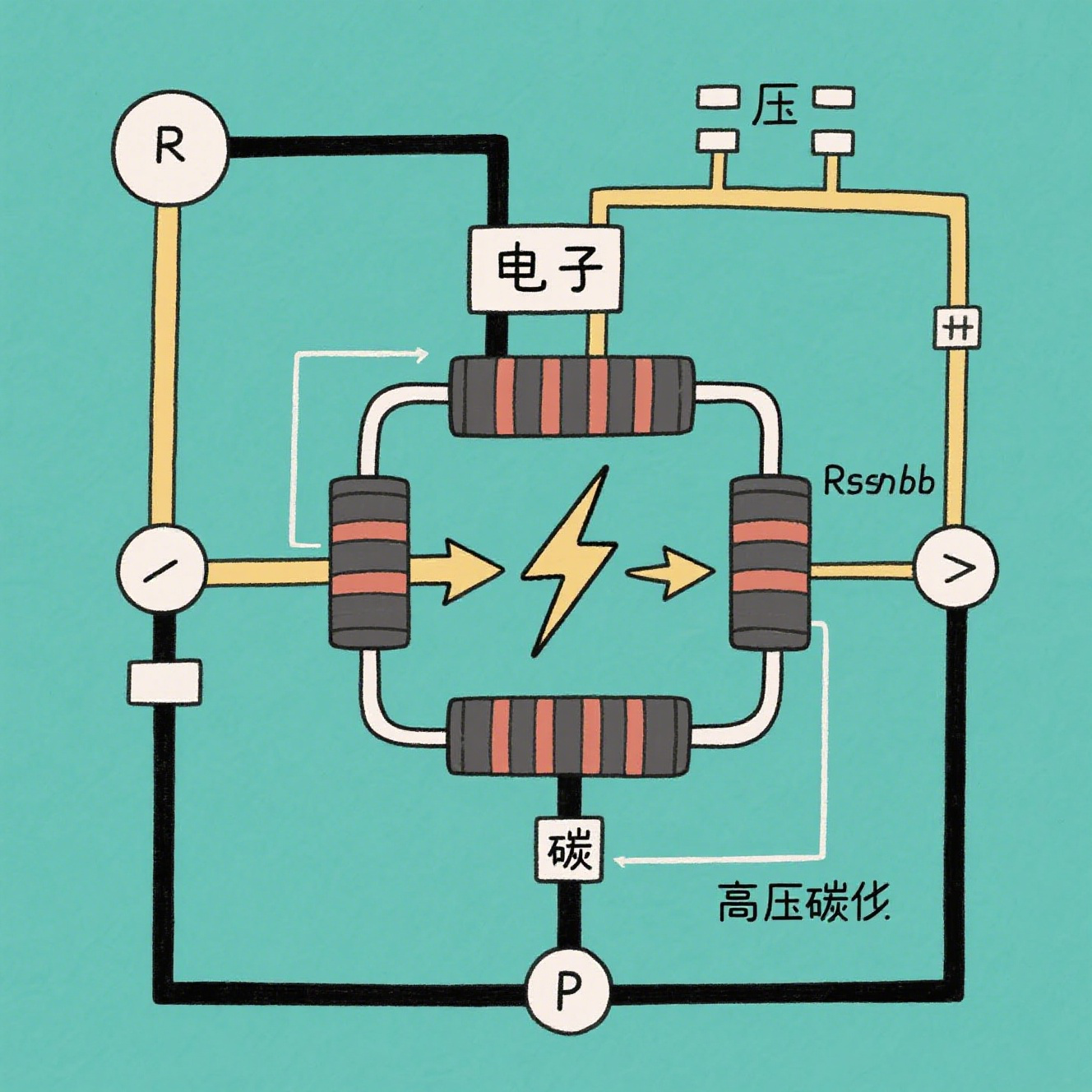
High Voltage Carbon Composition Resistors: The Ideal Choice for Power Electronics CircuitsIntroductionIn the rapidly evolving field of power electronics, selecting the right components is crucial for ...
-
100kV High Voltage Resistors: Technical Specs, Harsh Environment Applications & Expert Selection Guide for Power Grids, Particle Accelerators & Industrial Systems
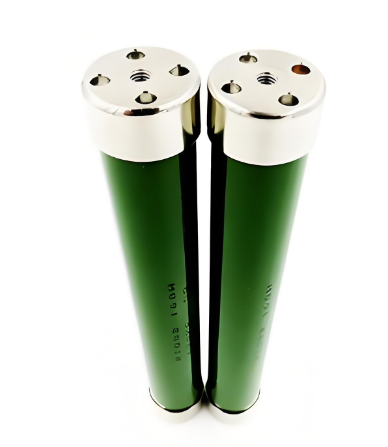
Technical Specifications of 100kV High Voltage ResistorsTo perform reliably in 100kV systems, resistors must meet rigorous performance criteria. Below are critical parameters and their impact on funct...
-
High Frequency Non-Inductive Resistors for RF, Microwave, and Power Electronics – Selection Guide & Applications
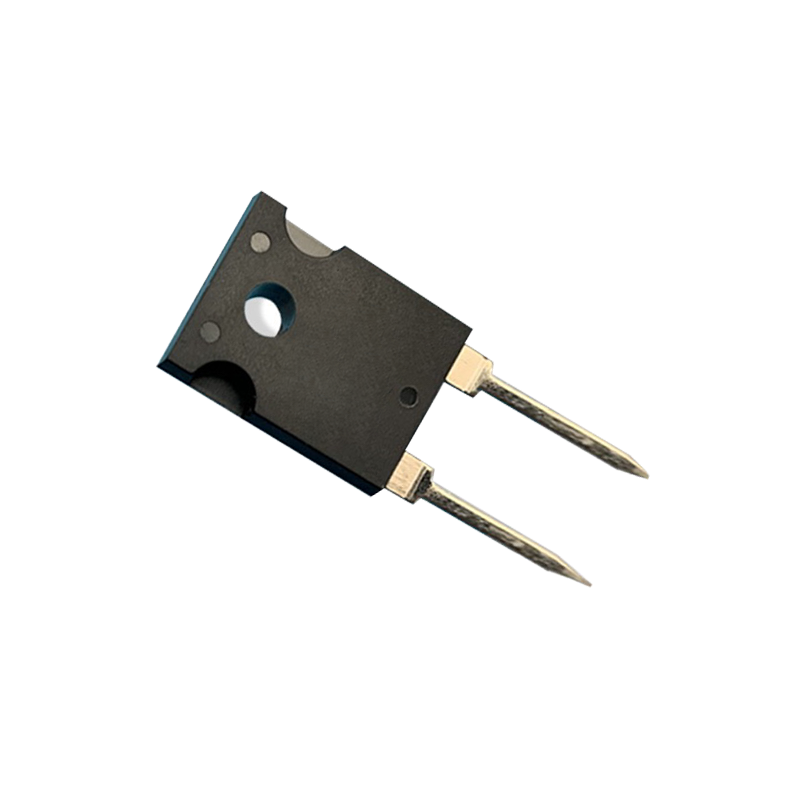
Title: High Frequency Non-Inductive Resistors for RF, Microwave, and Power Electronics – Selection Guide & ApplicationsIntroductionThis High Frequency Non-Inductive Resistors for RF, Microwave, ...
-
How Does a Surge Resistor Work? Voltage Clamping, Energy Absorption & Real-World Protection in Electronics

1. How Surge Resistors Work: A Quick OverviewA surge resistor (often a varistor, or voltage-dependent resistor) protects circuits by diverting excess current during voltage spikes. Its core mechanism ...
-
Surge Resistor Function: How It Protects Circuits, Prevents Damage & Optimizes Performance in Electronics

1. What Does a Surge Resistor Do Core Functions ExplainedA surge resistor is not just a passive component—it’s a first line of defense against electrical transients. Its primary functions include:...
-
Power Supply Surge Protection Resistors: Essential Components for Modern Electronics

Power Supply Surge Protection Resistors: Essential Components for Modern ElectronicsIn modern electronics, power supply surge protection resistors play a crucial role in safeguarding sensitive circuit...
-
High Pulse Resistance Surge Resistor: The Ultimate Guide for Reliable Circuit Protection

IntroductionIn the realm of electronics, the reliability and safety of circuits are paramount. Voltage spikes and transient events can wreak havoc on sensitive components, leading to costly repairs an...
-
What Is a Surge Resistor?

What Is a Surge Resistor Function, Types, and Key ApplicationsIntroduction: Surge resistors are critical components in electronic circuits, protecting sensitive devices from voltage spikes and transie...
Resistor Supplies - Jepsun Tech Corporation
JEPSUN INDUSTRIAL is committed to always being one of our customers' favorite suppliers.
+86755-29796190 +8615920026751 [email protected]
Huangjiazhongxin building Donghuan Road Longhua District SHENZHEN City, GUANGDONG Prov. CHINA 518000


